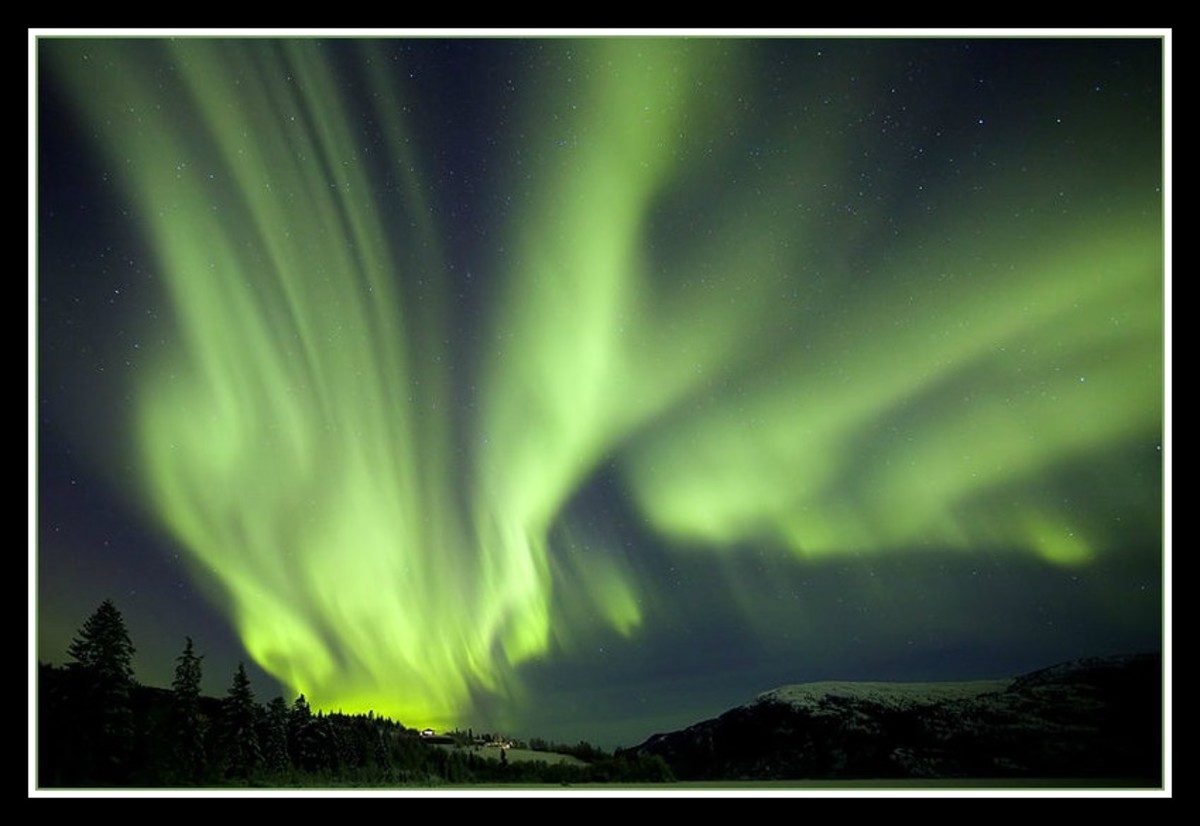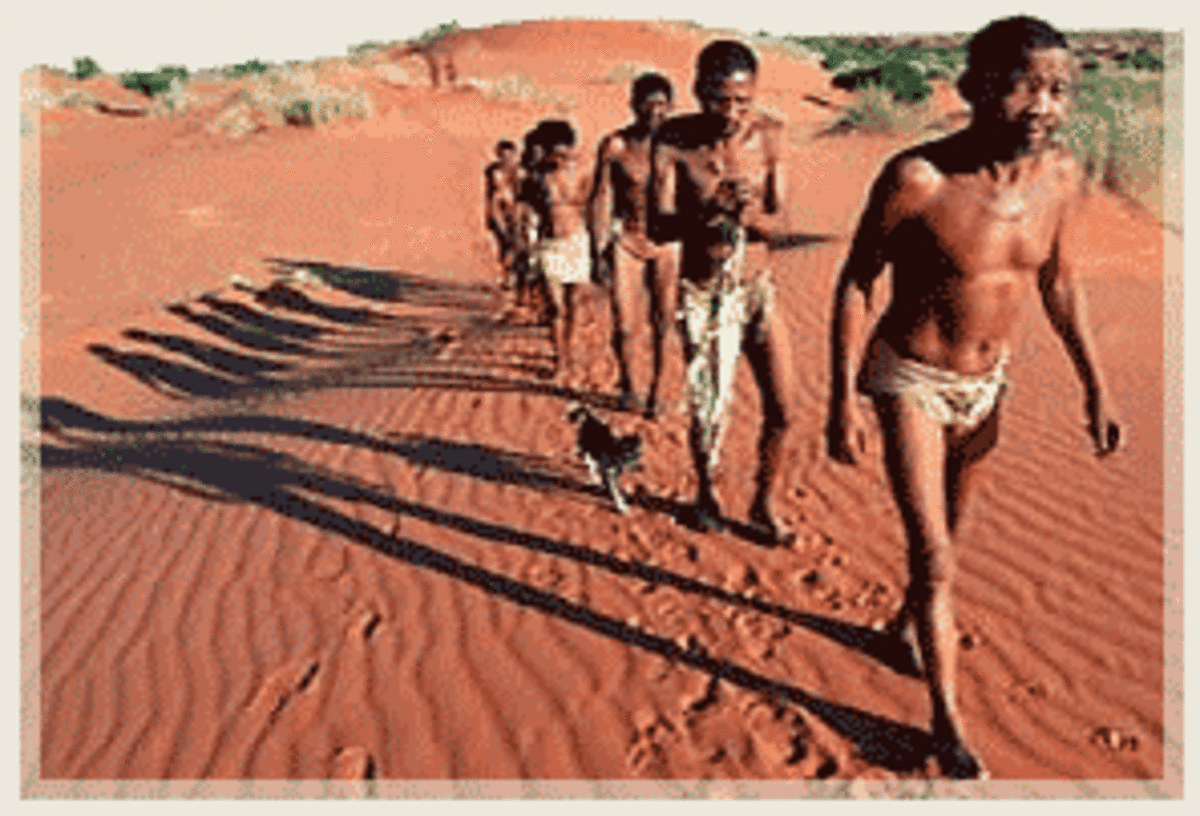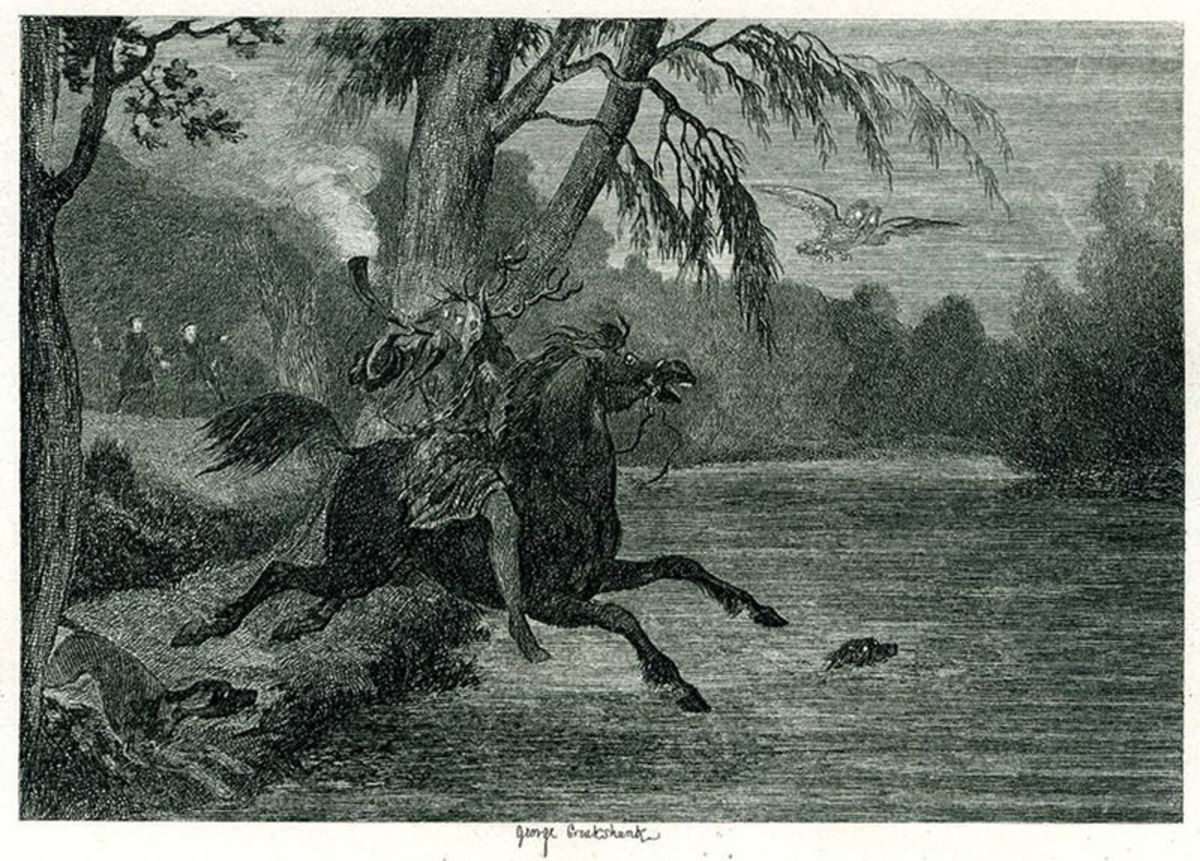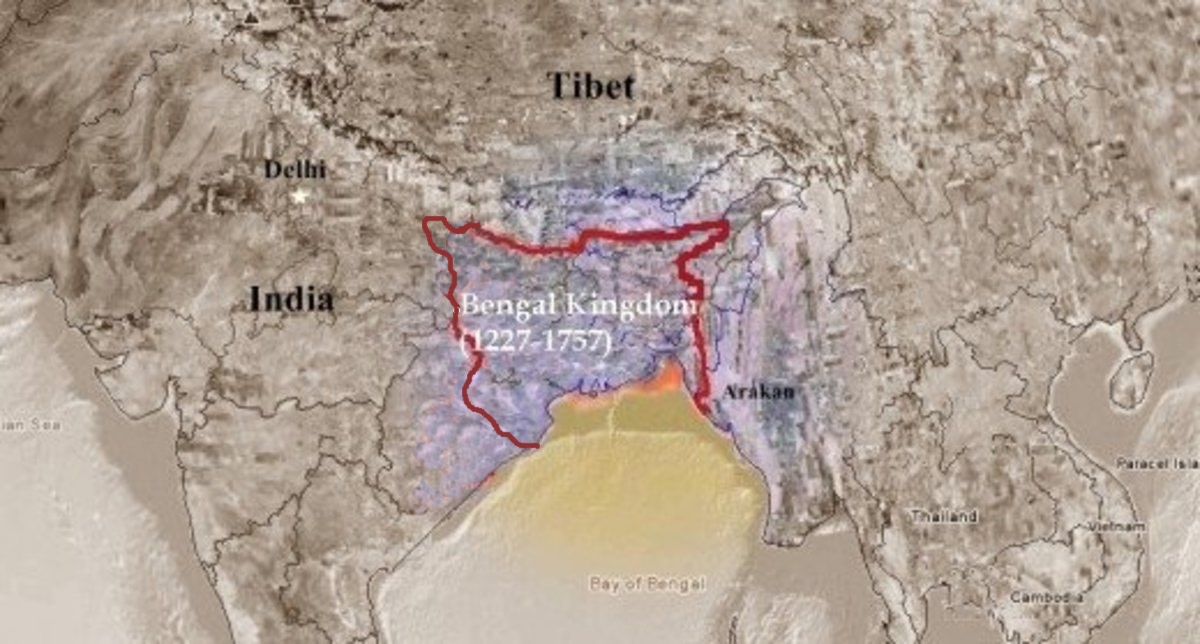The Inuit, Last Holdout of a Dying Nation
Inuit have created innovative soiutions for surviving in a harsh environment
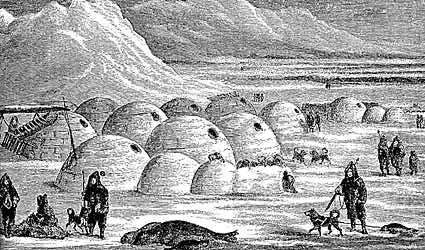
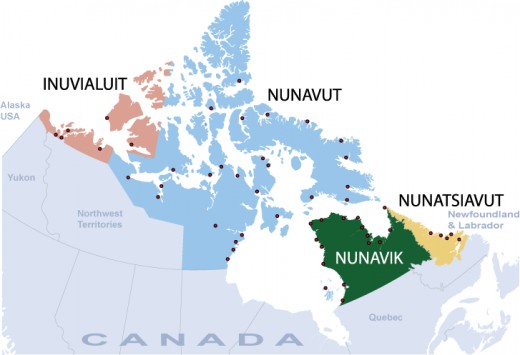
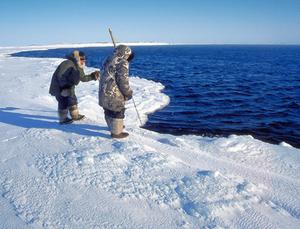
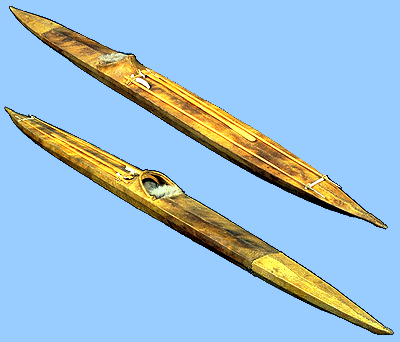
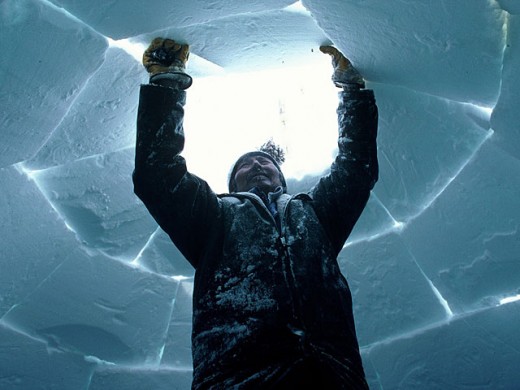
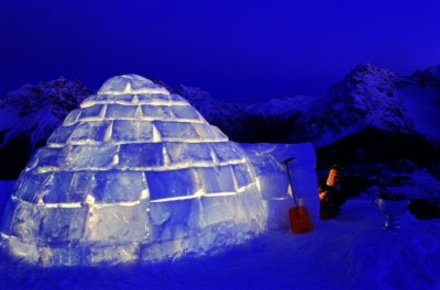
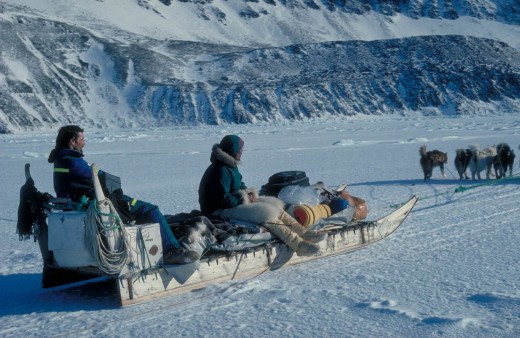
The Inuit are one of the most resilant and tenacious cultures on the planet
Of all the First Nations peoples of the hunter-gatherer societies, perhaps one of the most interesting and awe inspiring are the far northern groups comprising the variously named groups such as the Inuit and the Eskimo that live from the high tundra east to west and in the Arctic regions. As a people, they are reliant almost totally on hunting where independent of the civilizations of Canada and the US to the south and the west. They also live in Greenland, the north most part of the Scandinavian countries and Russia. Those that still live by the old ways are among the most hardy people on the planet, living primarily on raw meat that they capture in the form of seals, walruses, fish and whales. Those that live on the tundra where there is a brief summer will also hunt elk, caribou or muskox and will gather berries, tubers, grasses, stems and seaweed that grow in the region. Shier diet is thus high in protein and fat. Almost always, they work with dogs that help them to move about. Otherwise, they use light weight and agile kayaks made form skillfully crafted skins and bones, paddling among the ice flows when following whales and fish. Seals are seldom hunted by kayak as they have a unique method for hunting seals in the dead of winter. As hunters, Inuit have incredible patience and tenacity. They have learned to live comfortably in frigid and arid climates where the temperature can dip as low as -80 Fahrenheit, cold enough to precipitate carbon dioxide. We will look at their unique winter and summer habitats, their transport, unique hunting and scouting methods and culture.
By winter, the Inuit construct the most unique winter living quarters on earth made entirely of compressed snow. Once the snows come and it is no longer an option to live in tents made of skins, found driftwood and bone, the Inuit will work by two or threes to cut blocks of compressed snow right out of the snow pack. The high Arctic is often windy, so shelter is a must, especially on those long winter nights that can last for 20 hours or more. The wind compresses the snow and they are looking for just the right consistency. The blocks are cut by some form of knife, whether a bowie knife procured from a trade, or something made from whale or seal bone. The typical igloo block is several inches thick and as wide and high as can be easily handled. They Inuit will build a ring that starts a spiral. Row upon row is built up and gradually curved inward toward the top, each block supporting the ones next to it on both sides and from below. Each and every block is shaped and honed for a good fit in order to keep the wind out and for maximum support. When the very end of the spiral is reached at the top, the key block is lowered gently by one person placing it and another inside guiding it into place. Once the dome is complete, then a small crawl-way door is created. This typically is cut down into the snow covered ground to help maintain the integrity of the main structure. As a final job, a short arch is created over the exit and entrance. Gaps and holes are filled by rubbing loose snow into them. A skilled igloo builder can make an entire shelter in less than an hour. The shelter then can last the entire winter until the spring melt.
Then they move in with their blankets that are animal skins of elk, polar bear and seal. Some are placed on the floor for bedding and seating. Elk firs are prized the most as the hairs of the elk are hollow and really conserve body heat. For winter apparel, women will sow the skins so that the fur is on the inside. For lighting, a small bone lamp with some kind of wick, fueled by whale or seal oil, lights the igloo and also provides some warmth. The doorway may be sealed with a frame covered by a skin to keep out the wintry blasts. Inuit who live this way, always sleep communally to conserve body heat. Man, wife and children will sleep together out of necessity. The igloo is very insulating, allowing very little heat to escape despite being made of compressed snow. There is no smoke escape hole as they seldom cook their food, preferring to eat it raw and often at the hunt, capture and kill site.
For traversing the snow and ice, the Inuit fabricate sleds from skins, bones, sinew and occasionally wood if it is available. These sleds are used primarily for transporting large kills like whales, polar bears and large seals, or if further south; elk as well. The sleds are pulled by dog teams which always accompany the Inuit hunter. They are trained from youth to work together to pull the sled at the guidance of the hunter and this over long distance. These sleds are designed for two purposes, to transport food and families complete with belongings.
Summer dwelling is in tents made of skins and bones and these are highly transportable, constructed on the A-frame principle. These structures are not used for most of the year, so they are not as carefully constructed as an igloo owing to the short duration of their use. They are often pitched close to the waters edge as this is where the hunting action is during the short summer months. Fish may be dried and stored over for the winter season. What scant vegetation there is by way of berries and roots may also be gathered and preserved. In many Inuit regions there is no vegetation beyond lichen that the elk can eat and live off. Thus, many Inuit, especially before the arrival of the Europeans, lived entirely on raw meat. The favored parts whales is the blubber which is like candy to them. The one who kills the leviathan gets to eat and share the heart. Seal blubber and liver is also highly prized.
The Inuit kayak is the inspiration behind all kayak design. These are ultra light, extremely manoeuvrable and made of shaved skins, bones and sometimes flexible wood where available. They are crafted with extreme skill and are watertight. The skins are sown together tightly with sinew and the cracks sealed with wax or resin if available. The Inuit will also fashion a type of wet ware made from the intestines of seals and/or whales. This will keep them dry in most situations. The power the kayak with a double ended paddle, which can be fabricated from large whale bones. Sometimes paddles will be made from wood.
The Inuit arsenal consists of mainly of spears and occasionally bow and arrow. Almost all hunters will have some form of knife, made either from sharpened bone, flint, metal if obtained from the south or very rarely from obsidian. Much of the hunting tools have come down from Clovis times. In modern times, from about the mid 19th century, firearms were introduced. As a result, many Inuit, especially to the south rely on these instead. The traditionalist still rely on the old methods. These people are so hardy that they could survive an ice age as has been demonstrated in the past. As an example, when the centuries long freeze commencing in the the 12th century descended on Greenland, it killed off the Viking settlers while allowing the Inuit to flourish.
Inuit women perform unique throat singing
Inuit hunters are patient and tenacious.
Some 60.000 years ago, the first people migrated from what is now Siberia across the land bridge to what is now Alaska. From their, these first Clovis people migrated in every direction. Some chose to remain in the frozen regions while others migrated south. By 50,000 years ago, they had managed to cover all of the western hemisphere. 12,600 years ago, a huge catastrophe occurred that changed the earth forever. Most of the fist Clovis wave died off, except for the hardiest peoples who lived in the frozen regions. Even they had a hard time, but survived and probably represent the oldest continuous group in the entire hemisphere. After the great catastrophe, the second Clovis wave issued from Siberia and/or the north. In this case, it would be more likely from the north due to the massive inundation triggered from the great catastrophe and subsequent polar and ice age meltdown that cut off Siberia from Alaska. Thus, all First Nations could well be descended from the original Inuit and can claim a lineage going back to 60,000 years ago. Since 12,600 years ago, the Inuit remained more or less undisturbed until Europeans began looking for a north west passage to the west coast and Asia beginning in 1497 under John Cabot in a failed mission. Dozens of explorers thereafter made one failed attempt after another. It was not until 1851 that the trip was finally successfully completed by Sir Robert McClure. Many false tries via various routes were tried, making discoveries elsewhere, but no successful navigation until the mid 19th century.
Contact, though brief, was made where people did get into the passage from the east or west. Many explorers froze to death in the bid to find the passage for their respective kings and countries.
There is one aspect of Inuit hunting that is virtually unique in the entire culture of humanity and hunting. In the flats of the tundra and over ice heaves and where they had to locate food sources quickly, they developed a method to gain height and increase their hunting range without having to go except in the most productive direction. A team of Inuit would assemble with a large skin upon which they would place the hunter with the best vision and who was proven to be the best success in the hunt. This individual would be tossed into the air as high as possible so that they could see as far as possible. They would scan all the horizon in order to seek out the best direction to go and hunt. When the prey was spotted from the top of the toss, they would then point the direction which the entire team would go. Now we know that a man of about six feet tall can see about 40 miles in a flat region or out to sea to the visible horizon before the curvature of of the earth would hide what was beyond that point. To gain a greater perspective, height was important. In the flat lands and on the rugged ice, this “blanket toss” would give a longer range perspective on what was available. The greater the toss, the further the view and ability to over see the tundra flats and rugged ice heaves. Game could thus be found, hopefully close at hand, or if far off, in the direction that needed to be taken to reach it. This could also include a search for open water where whaling could be done, or where seals and walruses would likely be found as well as fish.
Typically the seal hunt was done by waiting by breathing holes in the ice. When a seal came up to breath, it would be speared by a patiently waiting hunter who may have stood at the ready position for hours until the seal arrived. The seal would be caught by a barbed spear and then physically dragged out onto the ice and then slaughtered. Nearby hunters who waited at other breathing holes would join the successful hunter and they would share the heart and the first cut blubber.
Whale hunting took teamwork in several kayaks. Again a barbed spear was used to catch the whale. These whales were typically northern types like the beluga or norwhale and were thus smaller. Several hunters would then participate directly in the kill. The whale was then taken to shore and butchered. All the extended family would enjoy raw blubber. These were just some of the means used to gather food, primarily meat over the extended winters.
The Inuit were thus among the last of the First Nations to suffer dreadful consequences at the hands of the European settlers and explorers. While the Indian Removal Act was in full swing in the mid 19th century far to the south, the Inuit for the most part, continued in the old ways unmolested. Many succumbed to smallpox due to contact with more southern people earlier, but were otherwise left alone until prospectors found resources like uranium and other valuable resources. When they did, then the Inuit were relocated, often to reserves and barren islands with no resources and usually left to starve. Those on more southern reserves ended up becoming European oriented in their diets and began to suffer devastating diet related diseases. Reservations became places of extreme poverty, often described as being worse than third world conditions. They became rife with crime and substance abuse, whereas in the old ways, crime was virtually unknown and there was nothing to abuse. Despite this, there are still some Inuit that cling to the old ways and are still successful as they have been for some 60,000 years.
We are left to wonder about the consequences of global warming in places like the high arctic and Greenland, some of the last places where genuine hunting communities of Inuit still live. Now that oil and gas are a big question in the high Arctic and the place is now ice free in the summer, will these last remnants of the real Inuit culture too die out? They depend on ice for polar bear and seal meat. With the ice gone, and indeed, even the extinction of the polar bear imminent, this places high stress on this nation, forcing it to joint others already in squalid reservations.
Sources from inside the remaining Greenland Inuit communities report that hunting resources have fallen off dramatically. They are having increasing difficulties living in the old ways and are becoming more reliant on help from the outside like from various governments. The locals are having trouble maintaining their dog teams, once crucial for ice hunting. Some are attempting to even sell their dog teams. This is a contemporary tragedy. Coupled with this is the often enforced resettlement into reservations. Conditions are so bad in many cases that youth flee them for the big cities far to the south that apparently offer opportunity. But with the economy going up and down and every which way but theirs, they often wind up in a completely alien environment for them in the down and out skid rows of big cities, begging for a living and falling into the traps of substance abuse, something unknown to their people even in the early 20th century. The Inuit are no match for the mega techno cities of the newest arrivals on the continent. Theirs is a more natural lifestyle adapted to one of the most inhospitable places on the planet.
References:
Building an igloo
Inuit blanket toss
More information on the Inuit


